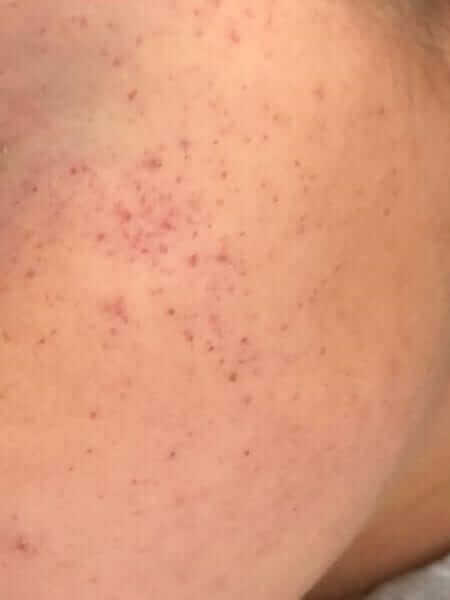
When should I see a physician for an examination if my child has fever?
In most cases, fever is not a concerning sign and one can wait for a day or two before they approach a physician for a checkup.
However, there are some situations that may require prompt examination by a physician such as the following:
An infant under the age of 2 months with fever
As I have also explained in the chapter where I discussed neonatal fever in particular, fever up until the age of one month necessitates an urgent referral to the emergency room (read more here).
Infants between the ages of one month to two months, who are able to see their primary care physician in a timely manner, can do so provided the infant is well appearing (normal skin colour, is feeding well, is not grunting or lethargic).
Some of the more conventional physicians will refer any infant in this age group who presents with fever to the emergency room, while others will take a full history, examine the infant and then decide on management, which may or may not include a referral to the emergency room. Read more of fever in infants below the age of two months here.
In any case of unavailability of a pediatrician, one should refer to an urgent care clinic or emergency room.
A child breathing heavily or a child in respiratory distress
First, check the child’s temperature. Fever on its own may cause heavy breathing.
If the child seems to be in respiratory distress, is experiencing cyanosis or is experiencing a change in skin colour – refer to a physician immediately.
Dehydration
Children, and especially infants, tend to dehydrate easily during febrile illnesses. This is due to a combination of insufficient fluid intake as well as vomiting, diarrhea, or both.
Signs of dehydration include a quiet child, pale skin, dry mucous membranes, dry tears, etc.
If you suspect your child is dehydrated – see a doctor.
Fever and rash in children
Most rashes in children are secondary to viral infections.
Nonetheless, there is one specific rare rash that could possibly indicate a severe bacterial infection. It involves red lesions that may be the size of a pin (petechial, see the picture), or a larger hematoma. How can you tell the difference between a safe rash and a more dangerous rash? Stretch the skin slightly and press on the rash. If it disappears for several seconds after pressing, this is a “good” rash. If it does not disappear, because it is actually a bleeding that has occurred under the skin, you should see a doctor as soon as possible.
Sometimes petechia appear on a child’s face after vomiting or excessive coughing.
If this rash appears only above the nipple lines and does not spread all over the body, then it is usually due to small blood vessels that have burst under the skin as a result of the cough or vomiting and it is not a dangerous rash.
Nonetheless, when in doubt, see a doctor for a physical examination.
A sleepy or apathetic chid
Anyone with a fever of 40 degrees Celsius will appear quiet and sleepy.
The real question is how the appearance of the child when their fever comes down and their body temperature is almost back to normal. If at this point the child still appears apathetic (unresponsive, not smiling, indifferent to his surroundings) you should see a physician immediately.
Seizures in children
A febrile seizure requires a doctor’s assessment as soon as possible. True, most febrile seizures ae simple and occur during viral infections but a physician’s assessment early on is required so that dangerous diagnoses are not missed.
The aim of the doctor’s examination is to find out the reason behind the fever and ensure that the reason does not involve a severe bacterial infection. At the same time, the doctor will also decide on further workup and treatment.
More reading on febrile seizures can be found here.
Fever, vomiting and headaches in children
Fever and vomiting, with or without a headache (younger children will be unable to complain of a headache), is a combo that requires a physician assessment.
And I am not talking about the infant who had a little spit up of phlegm after a cough and also not about the infant who vomited right after an antipyretic was “shoved into” their mouth. I am referring to the infant with fever who is vomiting spontaneously.
In cases of fever and vomiting, with or without a headache – take your child to their doctor immediately. You can read more of vomiting in children using the next link.
Good luck!
For comments and questions, please register
